Olafur Eliasson Launches Little Sun Charge
A solar-powered device for off-the-grid business
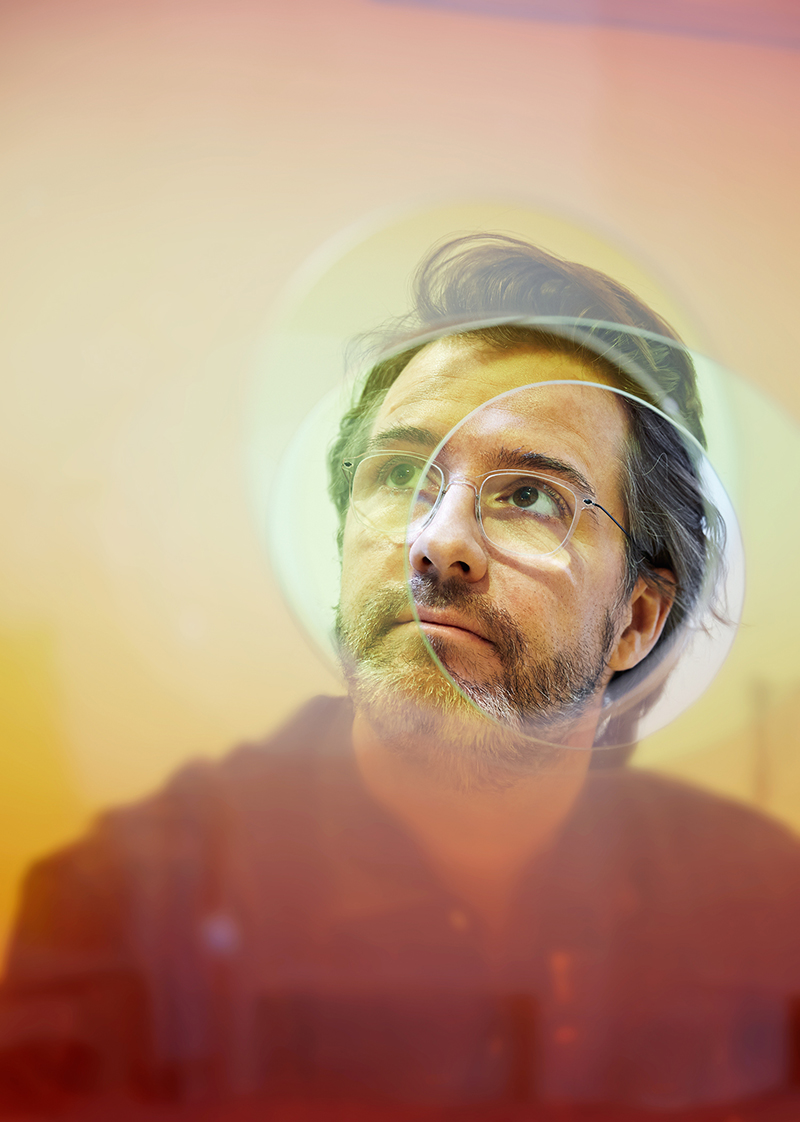
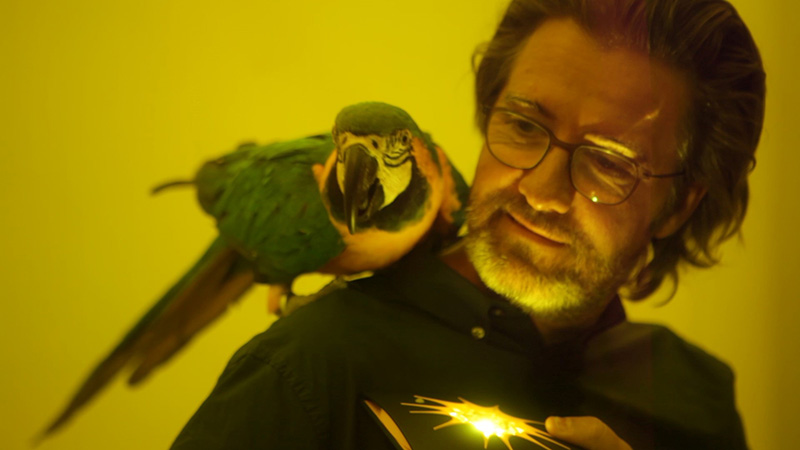
The Danish-Icelandic artist explains why he's designed a high-performance solar phone charger Olafur Eliasson isn’t a traditional artist. As a teenager he was part of the Harlem Gun Collective, a posse that wore white gloves and sunglasses, and won breakdancing competitions all over Scandinavia. More recently, he flew 100 tonnes of ice from Greenland to Copenhagen to visually demonstrate the detrimental effects of global warming.
He’s also worked with Mercury-prize winning musician Jamie XX on a contemporary ballet that was described as “a sensory overload" and “giddily infectious” for Manchester International Festival. And, if you were ballsy enough, you might have swum through one of his luminescent green rivers, which were dyed with non-toxic uranin to quite literally highlight and reconnect locals with their natural surroundings in Berlin, Tokyo and LA.
It’s more likely, though, that you’re one of the 1,000s of people who took a break from the hustle and bustle of London to lie down and take in a gigantic artificial sun at the Tate Modern Turbine Hall – a work of art that was at once immersive, contemplative and extraordinary. The message for Eliasson, then as it is now, is about challenging the public’s perception of the environment, producing a dialogue with viewers and encouraging then to interact with one another.
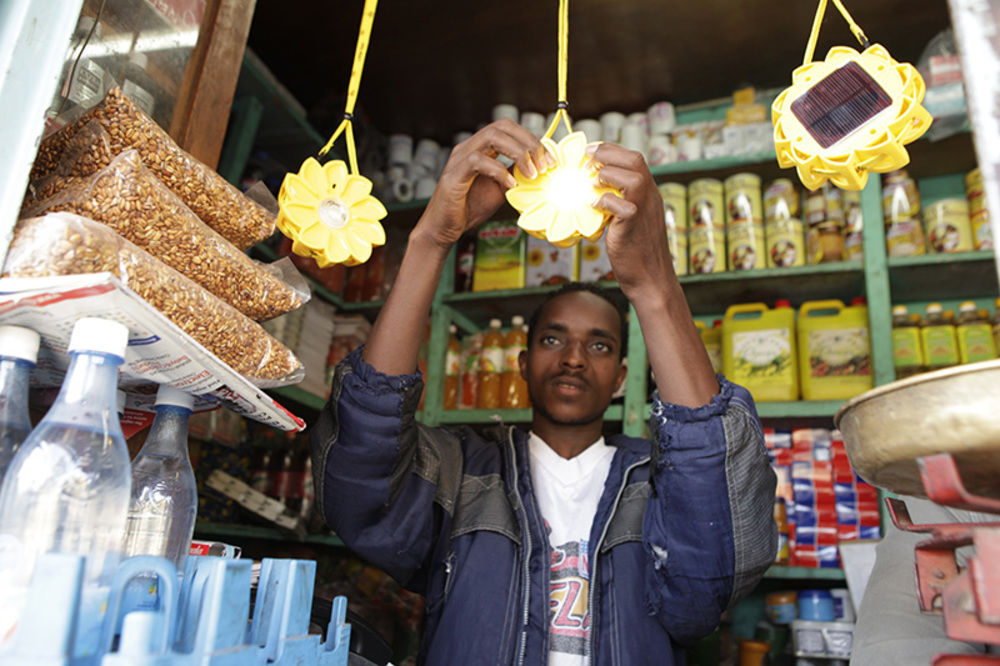
Light-Bulb Moment
Today, he’s here to talk about a much smaller solar-based project with a much bigger mission. Little Sun Charge is a phone charger, created with engineer Frederik Ottesen, which is designed to help those off-the-grid in the poorest regions of Africa make use of the power of the sun.
“Literally everyone we’ve been working with in Africa on Little Sun now has a mobile phone,” says Elliasson. “They have a Facebook account, they have access to news media, they use online banking and so on… They’re very connected to the world, but they haven’t got access to energy and they’re screaming out for mobile phone chargers.”
Smartphones dominate the technology market in Africa, and with good reason – they provide a low cost alternative to laptops and connect those in who might otherwise be living off the grid. Mobile data traffic in Sub-Saharan Africa is predicted to grow at double the rate of global growth, according to a report by communications group Ericsson, and wireless penetration on the continent is now over 60%.
At the time of writing the Little Sun Charge project has raised €240,617 on fundraising platform Kickstarter. The original goal was €50,000, a sure sign people understand the potential of the project to help elevate people out of poverty and give them access to energy. To give you some context, it typically costs £7 a year to keep a mobile charged in the UK. But hooking up to a car battery at a shop in Africa can cost $1 an hour.
Users of the Little Sun Charger will be able to charge their phone using five hours of totally free sunshine via a USB port. Plus, it’s sufficiently small to carry about during the day and aesthetically-pleasing enough for even the most design conscious consumers.
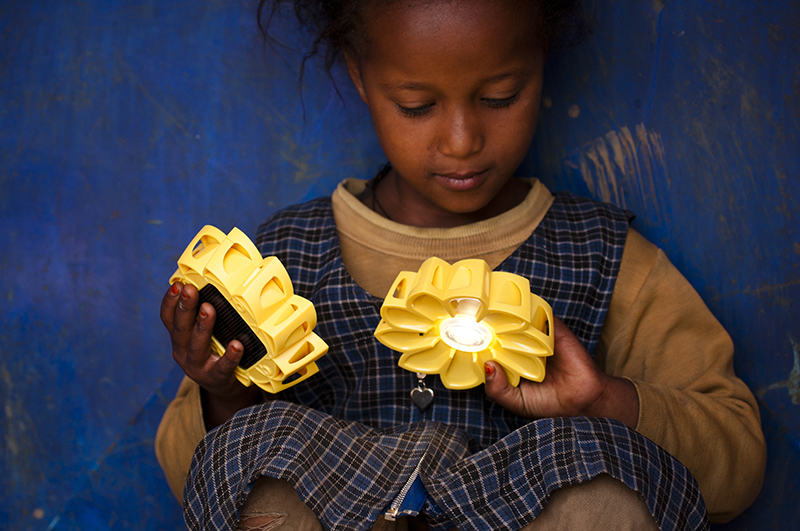
Socially-Minded Business
It’s important to use the words consumer and business here, as Eliasson’s project isn’t a charity. He doesn’t believe in giving away the Little Sun Charger for free. In fact the goal of the project is as much about creating successful independent businesses as allowing people to live independent lives.
As with Little Sun, the original solar-powered LED lamp he released in 2013, the aim is to help create a network of wholesalers and retailers. “In the beginning we offered businesses in Zimbabwe credit,” says Eliasson. “Then they paid in instalments. Now they just pay everything upfront. So in two years the market has become quite robust.”
A great example of this idea of a social business working is Little Sun’s collaboration with consultancy Best Foot Forward, which distributes the lamp in Zambia. Together they gave 23 women a crash course in selling the product to local communities by teaching then entrepreneurial skills, like accounting. It not only helped give them an income, but it also empowered the women to start micro-businesses – a proven way out of poverty.
“We believe in market principles,” says Eliasson. “We believe it should be promoted to local customers and local businesses. We already have 12 countries with a large network of young door-to-door sales people. They’re incredibly sophisticated in their ways of driving business, and they’ve generated a livelihood out of it. We just deliver the lamps to them and they actually do the rest.”
To some the price point for Little Sun – $10 to $15 – might still seem quite high. But in the long run Eliasson argues there’s a huge saving to be made in investing in a robust piece of solar technology. The other way of looking at it is Little Sun replaces kerosene lamps found in some of the poorest parts of Africa, which are not only costly to run but also potentially harmful to users – breathing in the fuel is poisonous. The sales figures back up the rhetoric: over 200,000 Little Sun lamps have been sold to date.
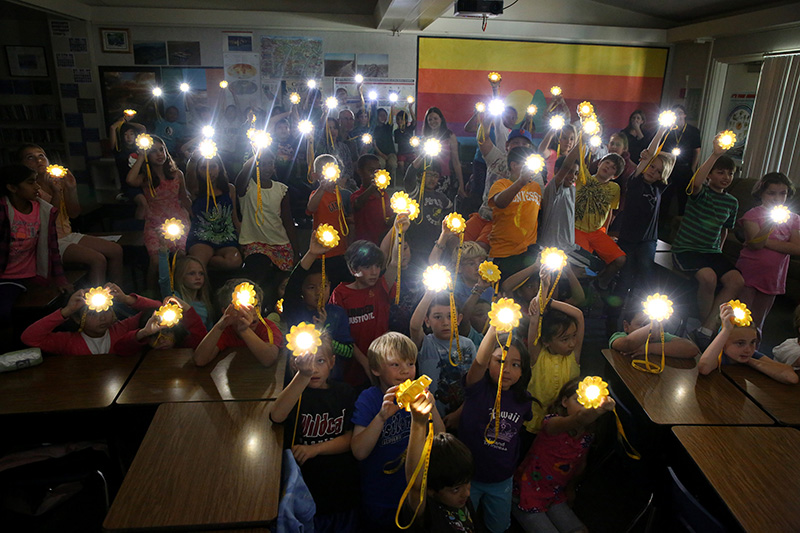
Power To The People
Those of you reading in the USA or Europe can also get your hands on a Little Sun or Little Sun Charge – you’ll just have to pay a little more for the privilege. All the profits made through Little Sun and Little Sun Charge go straight back into developing it further, and the higher margin in Western countries is used to help those who really need it.
But, for Eliasson, it’s also about changing peoples’ perception of climate change in more affluent countries. At events like Wellington Light Festival, in New Zealand, his startup collaborates with artists and other creatives to create immersive installations that hundreds of visitors of all ages can interact and play with.
“It’s an art project, it’s a lovely little sculpture, but it’s also become part of a social movement,” says Eliasson. By placing a beautifully designed object that harnesses the power of the sun, and makes sound business sense, into the hands of people around the world he hopes to craft a tangible and positive message about climate change and the future.
Portrait of Olafur Eliasson by Ari Magg; Little Sun in use by Merklit Mersha, and Little Sun distributor by Michael Tsegaye
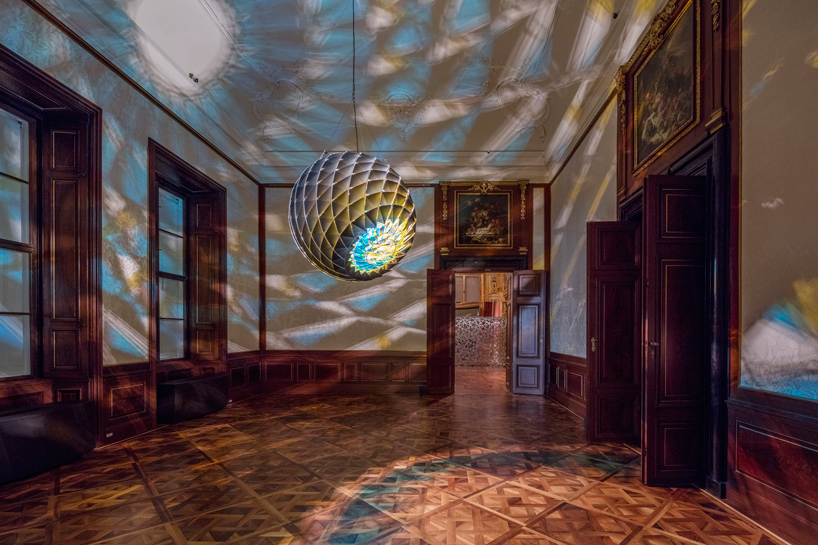
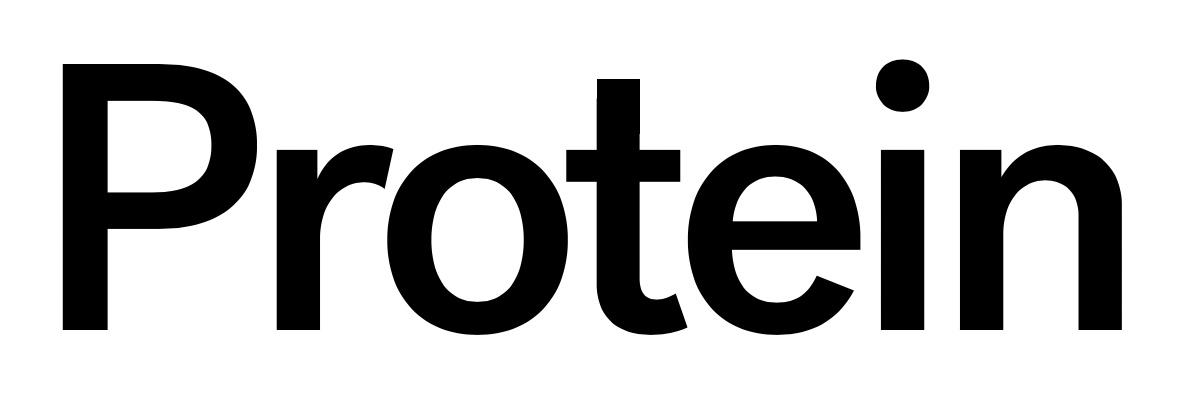

Discussion